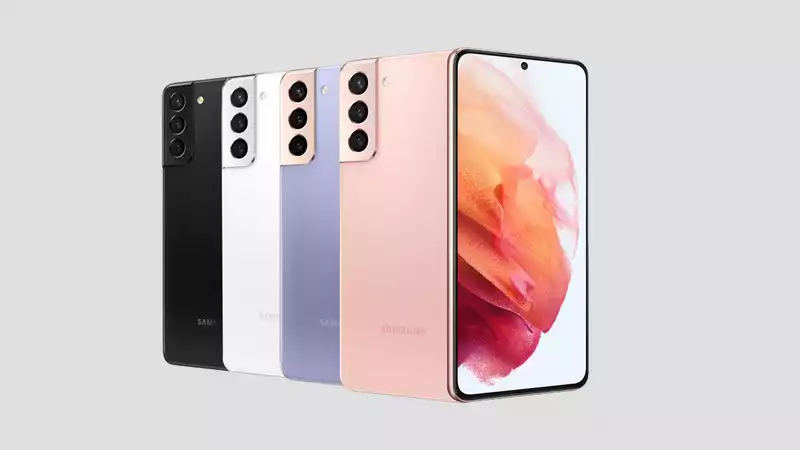Samsung's Galaxy S21 is set to launch on January 14, and there have been further leaks about its camera and display
What appears to be an official graphic from Samsung identifying all cameras and their specs was posted on Voice by Evan Blass Meanwhile, leaker Ice Universe tweeted that the Galaxy S21 Ultra can use up to QHD resolution and 120Hz refresh rate simultaneously
Blass' image shows two different Galaxy S21 camera layouts, one for the S21 and S21 Plus and one for the S21 Ultra The former has a 12MP main camera, a 12MP ultrawide camera, and a 64MP telephoto camera, with the flash module placed outside the main camera bump, and a 10MP selfie camera on the front
This arrangement is essentially the same specs as the Galaxy S20's camera; the Galaxy S20 Plus also had a time-of-flight (ToF) sensor, but Samsung appears to have dropped it
The ToF sensor helps improve portrait photography, so fans of such photography may find its removal a bit disappointing Removing the sensor could free up space inside the Galaxy S21 Plus, as Samsung could have figured out how to get the same results with improved computed photography
There are several changes to the Galaxy S21 Ultra setup The main camera has been replaced by a 108 MP sensor and the telephoto camera by two independent 10 MP sensors These graphics do not mention the magnification, but previous rumors said they could zoom at 3x and 10x respectively
Also on the back of the S21 Ultra is a flash module and, more importantly, a laser autofocus sensor Samsung first used this in the Galaxy Note 20 Ultra to quickly and reliably focus the large 108MP camera, a problem that the Galaxy S20 Ultra had
The last sensor seen in the S21 Ultra image is the 40MP front-facing camera Once again, Samsung is producing a hardware-heavy flagship, and we will finally get to see it in action at next week's launch event Other features include a new Snapdragon 888 chipset and S21 Ultra S Pen stylus compatibility
Another fresh leak regarding the S21 Ultra comes from Ice Universe As noted above, their tweet indicates that the Ultra's settings menu has an option to enable both a maximum 120Hz refresh rate and maximum QHD resolution at the same time
The S21 and S21 Plus also support 120Hz refresh rates, but the resolution is FHD rather than QHD; the FHD panel is strictly a downgrade compared to the QHD S20 and S20 Plus, but the reduced pixel count is expected to improve overall battery life The reduced pixel count is expected to improve overall battery life
Another difference is that the S21 Ultra uses an LTPO display, which, simply put, allows the phone to vary refresh rates more freely than standard models This reduces the power required by the screen, thus extending battery life compared to devices that are always at 120 Hz
So far, the Galaxy S21 series appears to be a decent upgrade over the Galaxy S20 series It may be more of an evolution than a revolution, but it could still make our best phones list










Comments